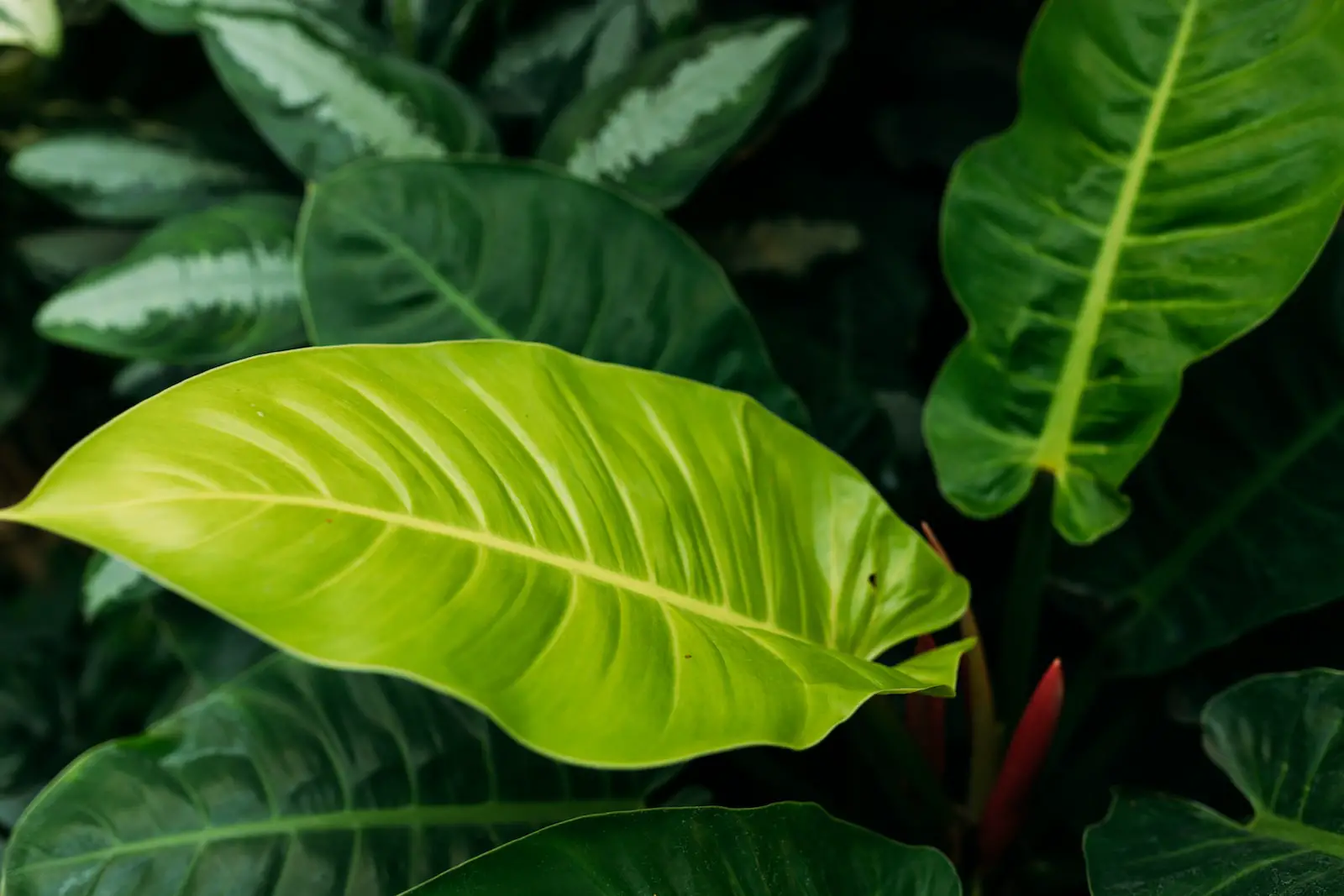Ferns are some of the oldest living plant species, having thrived on Earth for over 360 million years. They belong to a group of vascular plants that reproduce through spores, lacking flowers or seeds. With over 10,000 known species, ferns vary widely in appearance and can be found in a range of environments, from tropical rainforests to arid deserts.
Ferns’ unique life cycle and attractive fronds have made them a popular choice for both indoor and outdoor gardening. Their lacy leaves, known as fronds, emerge in beautiful, intricate patterns, bringing a lush, green texture to gardens, terrariums, and indoor pots. These prehistoric plants have also been associated with various cultural beliefs and folklores, symbolizing sincerity, magic, and eternal youth.
Whether you’re drawn to the aesthetic appeal or the fascinating biology of ferns, these adaptable plants can be a rewarding addition to your green space. Their varying sizes and growth habits make them suitable for different garden styles and indoor décor.
| Attribute | Details |
|---|---|
| Common Names | Fern |
| Botanical Name | Polypodiopsida |
| Family | Varies (e.g., Polypodiaceae) |
| Plant Type | Perennial |
| Mature Size | Varies (from a few inches to 30 feet) |
| Sun Exposure | Part shade to full shade |
| Soil Type | Well-drained, humus-rich soil |
| Hardiness Zones | Varies (typically 3-11, depending on species) |
| Native Area | Worldwide |
Fern Care
Fern care can be quite straightforward once you understand the particular requirements of the species you are growing. Generally, ferns prefer a cool, moist, and shaded environment. While some can tolerate dry and sunny locations, most thrive in consistently moist soil and filtered light. Regular watering, especially in dry periods, is crucial, and a peat-based potting mix may provide the necessary acidity and moisture retention for many species.
Indoor ferns benefit from regular misting to maintain humidity. A saucer filled with water and pebbles placed beneath the pot can also aid in creating a humid microclimate. Outdoors, planting ferns among other moisture-loving plants or near a water feature will contribute to their success. Understanding your specific fern’s natural habitat will guide you in providing optimal care.
Light Requirement for Ferns
Most ferns prefer part shade to full shade, thriving under the dappled sunlight of woodland areas. Bright, direct sunlight can scorch the fronds, while insufficient light may lead to weak and leggy growth. Indoor ferns typically need bright, indirect light, and turning the pots occasionally ensures even growth.
Soil Requirements for Ferns
Ferns grow best in well-drained, humus-rich soil that retains moisture. A pH level that is slightly acidic to neutral is ideal for most species. Incorporating organic matter like compost or leaf mold can improve soil texture and fertility.
Water Requirements for Ferns
Consistent moisture is vital for ferns, especially during their growing season. The soil should remain damp but not soggy. Overwatering can lead to root rot, while underwatering may cause the fronds to dry and brown.
Temperature and Humidity
Ferns usually prefer cool to moderate temperatures and high humidity. Indoor ferns benefit from misting or placing near a humidifier. Most outdoor species can withstand winter temperatures if properly mulched.
Fertilizer
Light feeding with a balanced, liquid fertilizer during the growing season supports healthy growth. Over-fertilizing should be avoided, as it may lead to weak fronds.
Pruning Ferns
Pruning dead or damaged fronds can keep ferns looking neat and healthy. Cutting back old fronds in early spring allows new growth to emerge unobstructed.
Propagating Ferns
Ferns can be propagated through spores or by dividing the rhizomes or roots. Division is a quicker method, while growing from spores is a more delicate process requiring patience.
How To Grow Ferns From Seed
Ferns do not produce seeds but reproduce through spores. These tiny reproductive units can be collected from the undersides of mature fronds and sown on a damp, sterile medium. Proper care and time are needed to grow ferns from spores.
Common Pests & Plant Diseases
Aphids, Scale, and Mealybugs
These insects can be controlled with insecticidal soap or neem oil.
Fungal Diseases
Overwatering and poor air circulation can lead to fungal infections. Proper care and spacing can prevent these issues.
Common Problems With Ferns
Drying and Browning Fronds
This may be due to low humidity or inconsistent watering.
Weak and Leggy Growth
Insufficient light or over-fertilizing can lead to poor growth patterns.
Pro Tips
- Choose the right species for your location and climate.
- Maintain consistent moisture, especially during hot or dry periods.
- Provide bright, indirect light for indoor ferns.
- Enrich the soil with organic matter for outdoor ferns.
- Monitor for pests and diseases and take prompt action if needed.
- Enjoy the ancient charm and timeless elegance that ferns bring to your garden or home.




